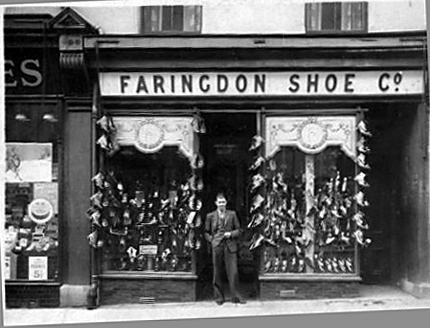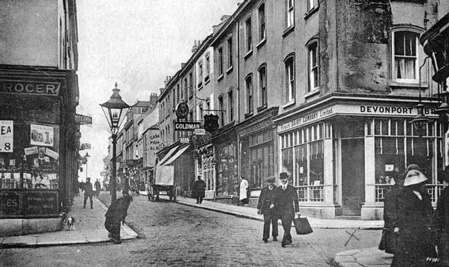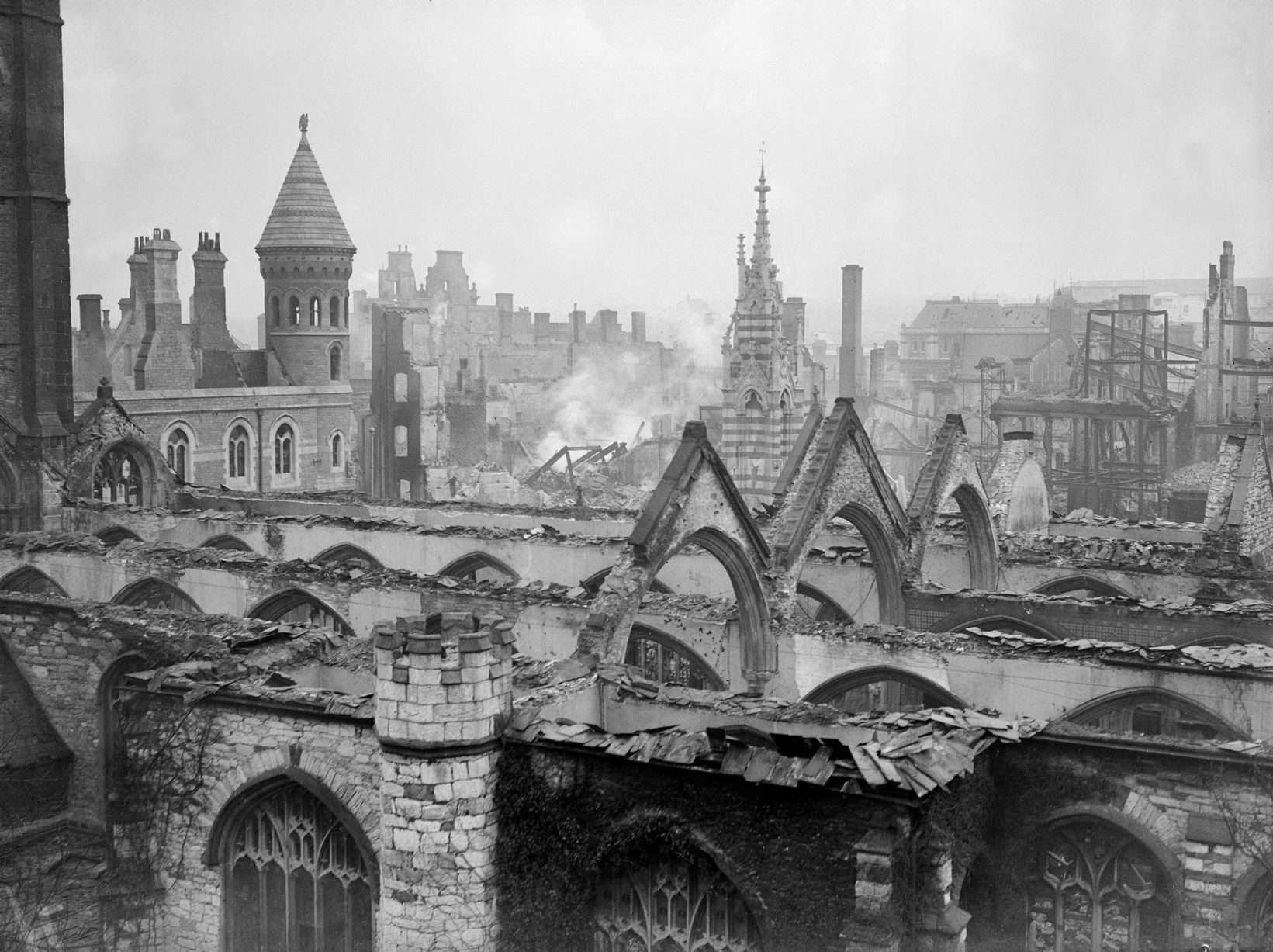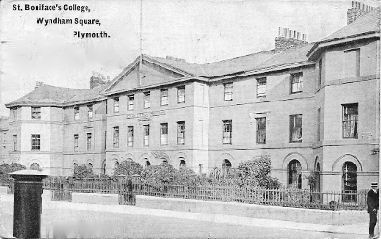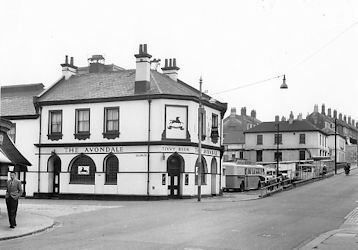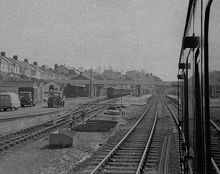Before I go on to other areas for posterity, it may be useful to list by street the shops that we could use during the mid 1940’s. Admiralty St had no shops other than a hairdresser opposite the railway bridge to Saltash Rd. My cousin daughter Aunty Vera, Mary Monk ran this for several years. Her husband Peter always seemed to pick up draught chits in the Navy and was getting two year postings to ships away for quite a while. He was a carpenter P.O and eventually did end up at Raleigh.
Fleet St from the top, Gilbard’s corner shop opposite Mrs Tremain’s Ironmongers and she was opposite the gents barber. On the next corners were Slade’s facing a row of four shops owned and run by Co-op general grocery, butcher, greengrocer. The off license on the next corner was where my paternal Gran lived most of her time, with her sister Amy who ran the shop. They faced Northcott’s who was next door to Mrs Clark and her sister Mrs Santillo who were both widows running a very successful shop. Her son Tony Clark was probably my closest friend in growing up. At the bottom Ernie Baker, who never looked clean greengrocer next to a chip shop. On the opposite corner was a shop that was always changing in use electrical, furniture never consistent at any real range.
Victory St from the top middle corner was a general store opposite the Victory Hall which will play a big role in later pages. On the next corner William’s opposite the Post Office run by Mr and Mrs Frier and had the only phonebooth in the area. There was always someone waiting as there were very few that had phones. Opposite was Dyer’s butcher and their son Jack a year or two younger than me took it on. At the bottom left hag corner was another small general shop on the back lane. Never did go in here that I recall but I somehow remember a very large guy ran this store but he was elderly then.
Renown Street from the top on the junction with Royal Navy Avenue, there was a large general store. Behind St Thomas’s Church a small shop that had been a barbers years before but again this always seemed to change between times of being empty. Next corner Meager the butcher his son Terry was another I was with a lot but he was a good footballer. Opposite was a chip shop run by Mr and Mrs Hughes. Then at the next junction Maddocks facing Leakey’s two general stores.
Ocean St opposite the Church Mrs Rogers and opposite the school canteen Lethbridge’s whose son Michael grew up with the Keyham boys crowd. The area of Keyham was well provided for shops and most carried a fair range of goods. I would regularly be sent to Maddocks four half a stone of potatoes or a quarter of a pound of cold meat for tea.
Very few if any still survive but for those interested in what Keyham was like growing up at that time it gives a flavour of what you could get in the community. Some were farmers or smallholders who brought fresh produce every day and used the shop as their cash earning outlet in addition to the farm income, but the first years after the end of the war were tough for farmers so the shops did provide other outlets for them.
